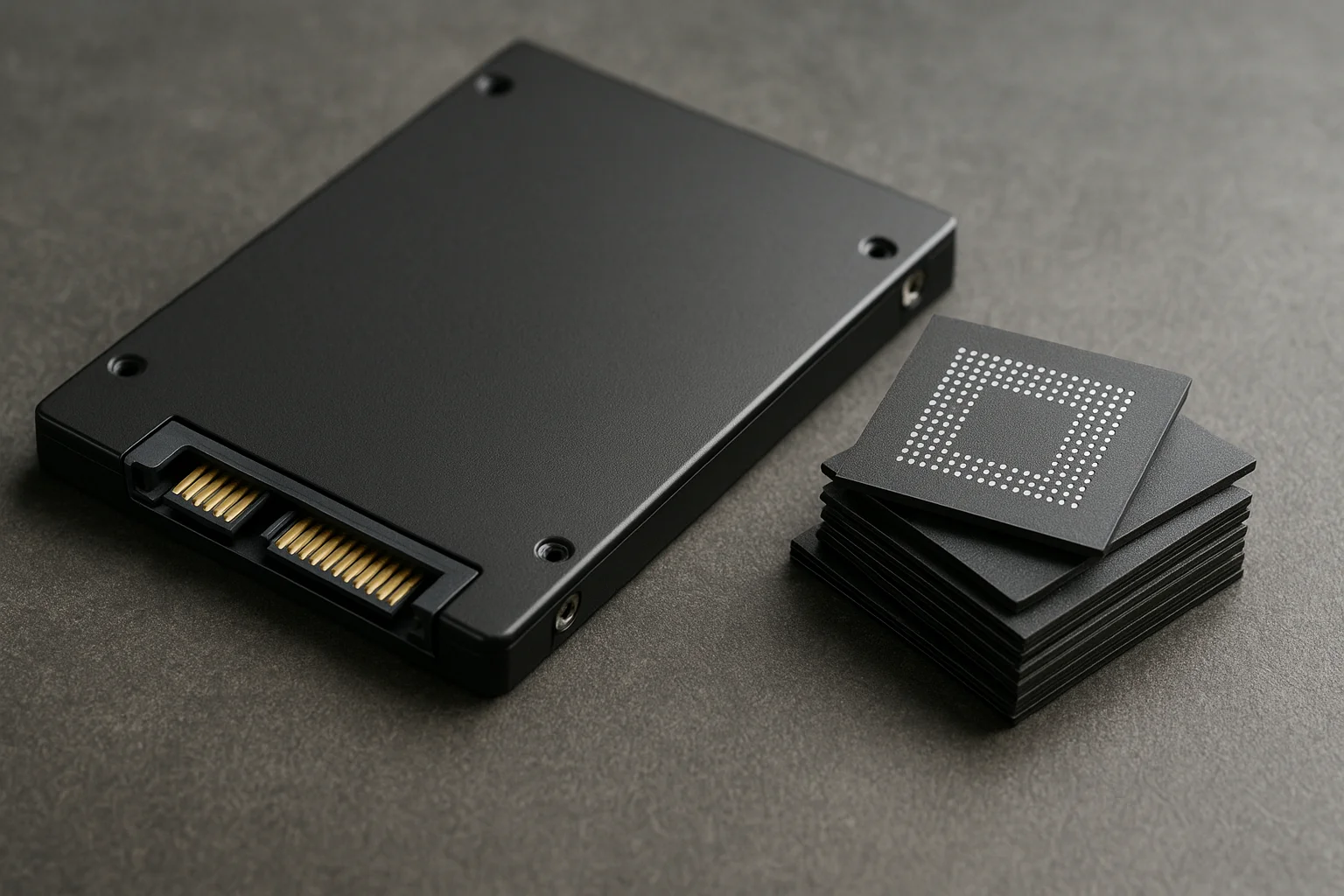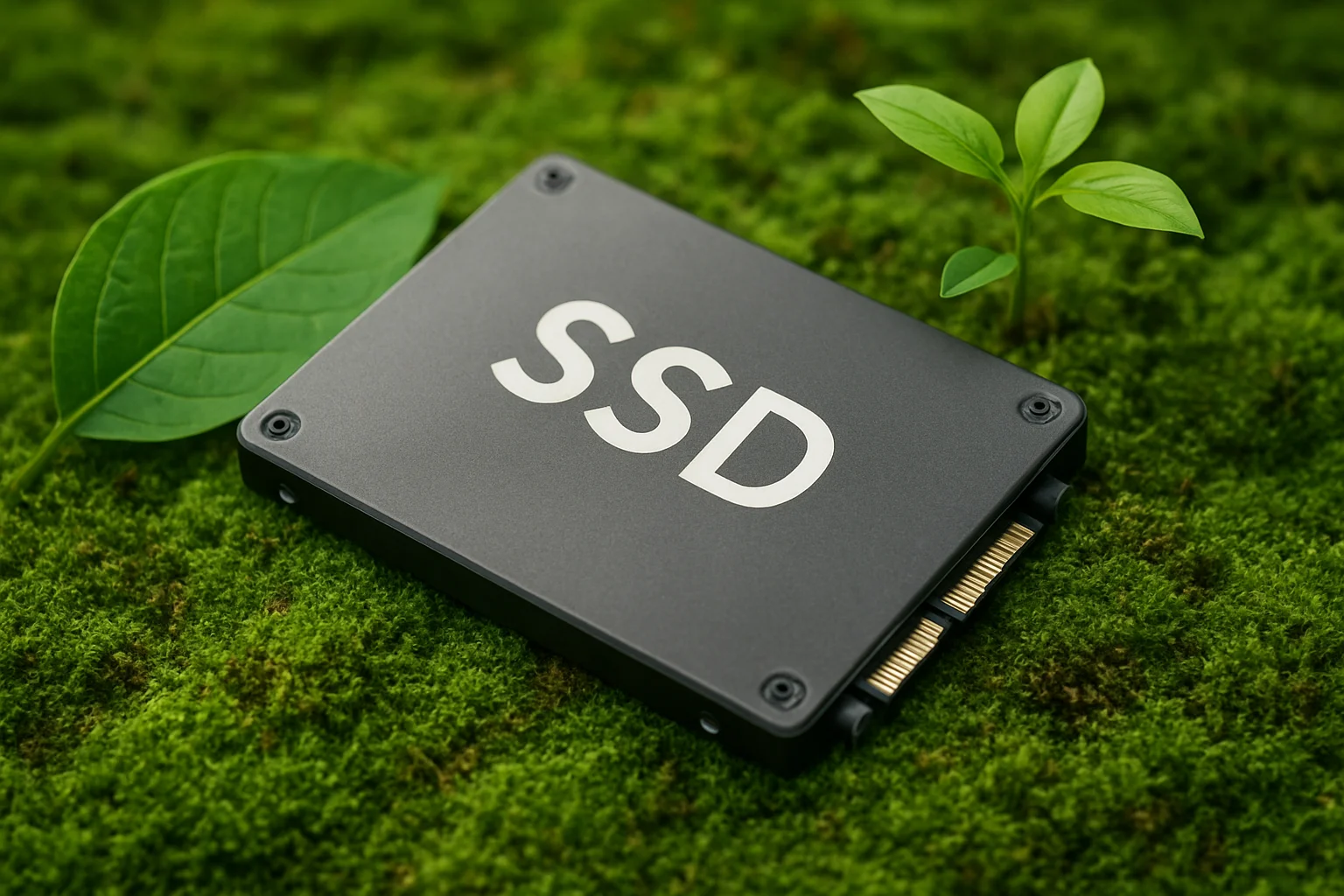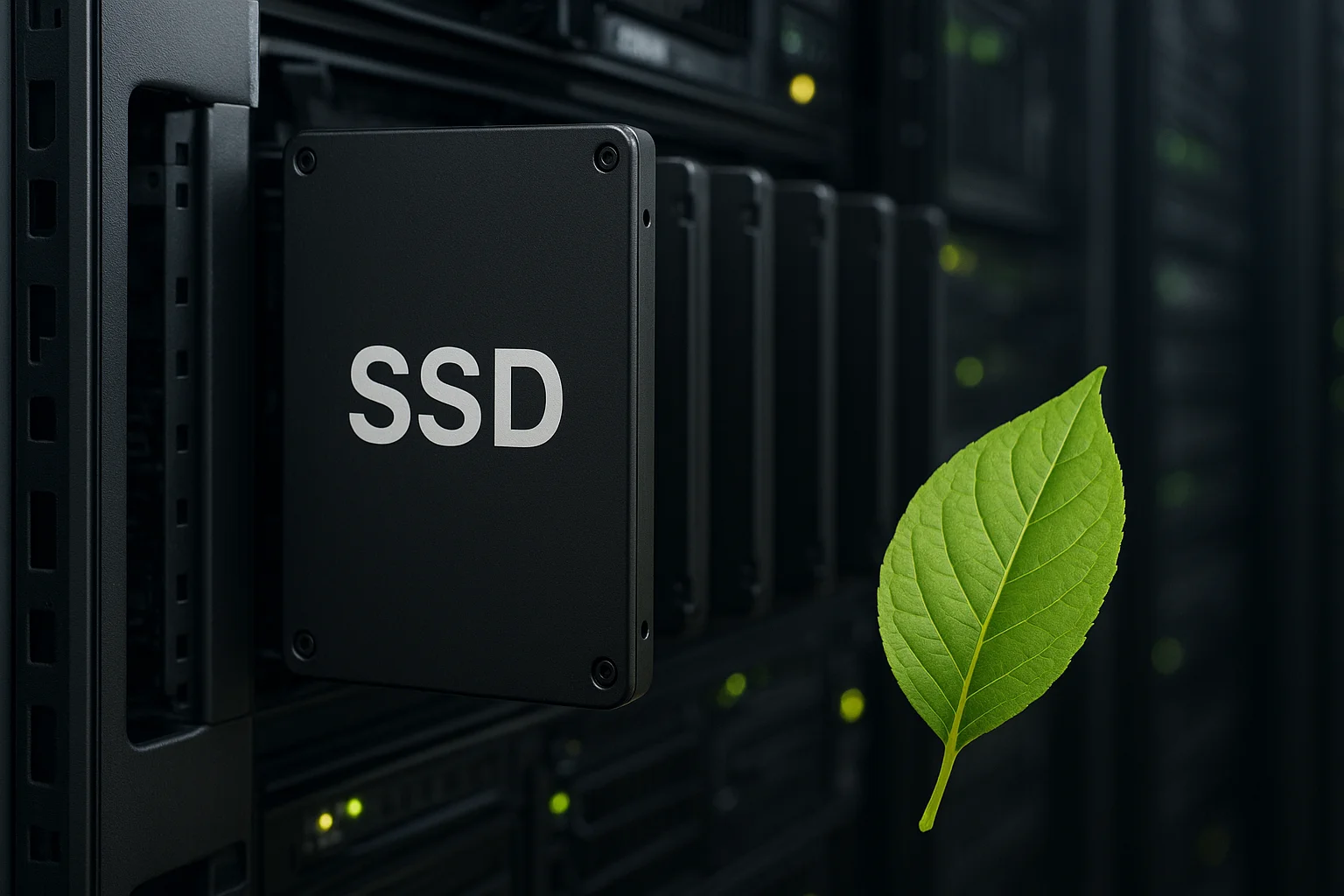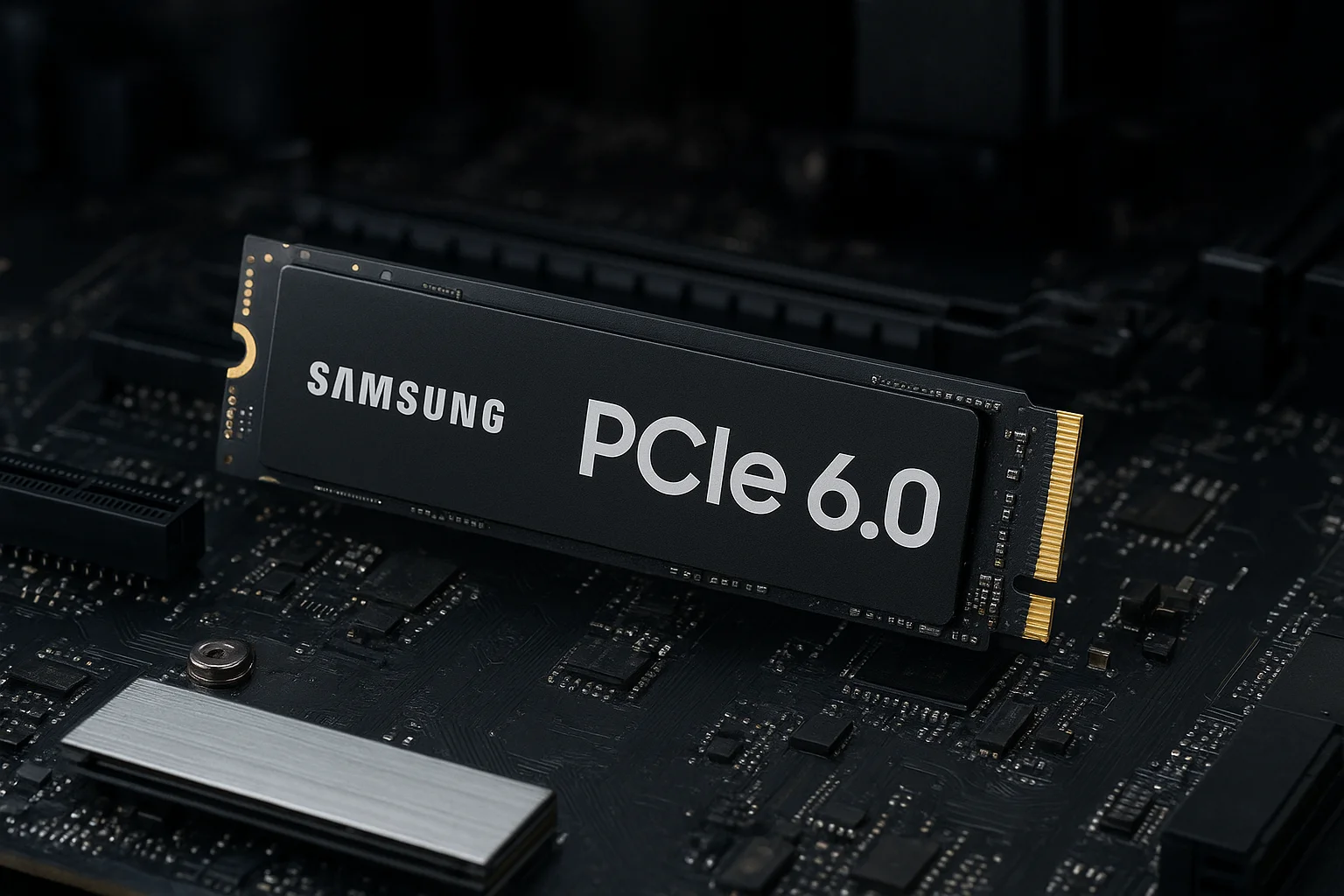The Next Frontier in Data Storage
As our world becomes increasingly digital, the demand for efficient, long-term, and high-density data storage solutions has never been higher. Traditional storage media like hard drives and solid-state drives are approaching physical and technological limits, prompting researchers to explore unconventional methods. Emerging storage technologies aim to redefine how we think about data, focusing on extreme density, longevity, and stability under diverse conditions.
These innovations are not merely theoretical; some are already in experimental or early commercial stages. They offer possibilities ranging from storing entire data centers’ worth of information in microscopic volumes to preserving digital archives for centuries without degradation.
DNA Storage: Encoding Information in Life Itself
DNA storage leverages the molecular structure of DNA to encode digital information. With only four nucleotide bases (adenine, thymine, cytosine, and guanine), DNA can represent binary data in extremely compact form. For example, a single gram of DNA could theoretically store up to 215 petabytes of data.
Key advantages of DNA storage include:
- Ultra-high density: DNA is far more compact than silicon-based storage.
- Longevity: Properly stored DNA can last thousands of years without degradation.
- Energy efficiency: DNA requires no power to maintain stored data.
Practical applications are emerging in archival storage and data preservation. For instance, large-scale genomic storage could hold extensive historical, scientific, or cultural datasets in a tiny physical footprint. However, challenges remain, including high synthesis and sequencing costs, slower read/write speeds compared to conventional media, and error correction complexities.
Glass Storage: Eternal Memory in Silica
Glass storage uses ultra-pure quartz glass to encode data in the form of microscopic 3D structures, often referred to as "voxels." This method can create stable, high-density storage capable of withstanding extreme temperatures and radiation, making it ideal for long-term archival purposes.
One of the most promising techniques is femtosecond laser writing, where tiny laser pulses alter the glass structure to represent binary data. Researchers have successfully encoded high-resolution images, video files, and large datasets in glass discs that can last millions of years without significant degradation.
Benefits of glass storage include:
- Exceptional longevity compared to magnetic or optical media.
- High density—up to several terabytes in a disc the size of a CD.
- Resistance to environmental hazards like heat, water, and electromagnetic interference.
Despite its advantages, glass storage is currently expensive and requires specialized equipment for writing and reading data. Nevertheless, it holds promise for institutions seeking archival solutions for extremely valuable information.
Holographic and 5D Optical Storage
Holographic storage and 5D optical storage represent another leap forward in data density and longevity. These technologies use multiple dimensions of light, including intensity, orientation, and phase, to encode data within a crystal or polymer medium.
5D optical storage, in particular, can potentially store up to 360 terabytes of data on a single disc while remaining readable for billions of years under proper conditions. The "5D" term refers to three spatial dimensions plus two additional parameters encoded using laser polarization and orientation. This allows for an exceptionally high data density compared to traditional optical discs.
Practical advantages include:
- High durability against environmental factors.
- Ability to store extremely large datasets in compact formats.
- Potential for long-term archival, comparable to glass and DNA storage.
Current limitations involve slow write speeds and high equipment costs. However, research continues, aiming to improve the practicality of these systems for large-scale deployment.
Quantum Storage: Data at the Subatomic Level
Quantum storage explores the use of quantum states, such as superposition and entanglement, to store and manipulate information. Unlike classical bits, quantum bits or "qubits" can represent both 0 and 1 simultaneously, opening the door to revolutionary storage density and computational capabilities.
This technology is still largely experimental, but it promises:
- Unprecedented storage density: Exploiting quantum states could theoretically allow massive amounts of data in extremely small physical spaces.
- Integration with quantum computing: Data storage and processing could occur in the same quantum system, reducing latency.
- Potential for unbreakable encryption: Quantum properties enable highly secure data storage.
The main challenges include maintaining qubit stability (coherence), error correction, and extreme environmental control requirements. Practical applications may initially emerge in highly specialized sectors such as scientific computing and defense.
Molecular and Protein-Based Storage Solutions
Beyond DNA, researchers are exploring other molecular and protein-based approaches. These involve designing molecules that change their structure or properties in response to stimuli to represent digital data.
For instance, certain proteins can switch between configurations when exposed to light or chemicals, effectively encoding information at the nanoscale. Molecular storage offers:
- High density comparable to DNA storage.
- Potential for biocompatibility in medical or biological applications.
- Energy efficiency due to passive retention of data.
Current limitations include the complexity of synthesis, read/write mechanisms, and stability under variable environmental conditions. While largely in research stages, these technologies could complement DNA and glass storage for niche applications.
Energy Efficiency and Sustainability of Emerging Storage
One of the key drivers for developing these advanced storage systems is sustainability. Traditional data centers consume massive amounts of electricity, not only for operation but also for cooling. Emerging technologies like DNA, glass, and optical storage require minimal or no energy to maintain stored data, significantly reducing their carbon footprint.
Moreover, the longevity of these media reduces the frequency of data migration, further lowering environmental impact. Organizations aiming to preserve historical or critical datasets could benefit from reduced operational costs and improved sustainability profiles by adopting these technologies.
Challenges and Limitations of Cutting-Edge Storage
While the potential of emerging storage technologies is enormous, practical implementation faces several obstacles. Key challenges include:
- High initial cost: Synthesizing DNA, writing to glass, or setting up 5D optical systems requires significant investment.
- Speed limitations: Most emerging storage methods have slower read/write speeds compared to conventional SSDs or HDDs.
- Error correction: Advanced encoding and decoding schemes are needed to ensure data integrity, particularly in molecular or quantum systems.
- Specialized hardware requirements: Writing and reading data often necessitate lasers, sequencing machines, or cryogenic environments.
Addressing these limitations is crucial for wider adoption beyond archival or experimental applications.
Potential Applications and Future Use Cases
Emerging storage technologies open possibilities across various industries:
- Archival storage: Museums, libraries, and government agencies could store cultural and historical records for centuries.
- Scientific research: Genomic, astronomical, and climate datasets could be preserved in compact, durable formats.
- Space exploration: Robust, long-lasting storage systems are ideal for spacecraft and planetary missions.
- Secure data preservation: Quantum or molecular storage could provide encrypted, tamper-resistant archives.
Each technology suits different use cases depending on the priority of longevity, density, energy efficiency, and speed.
Comparing Longevity, Density, and Speed Across Technologies
To provide a clear overview of emerging storage solutions, the table below summarizes key characteristics:
| Technology | Estimated Longevity | Storage Density | Read/Write Speed |
|---|---|---|---|
| DNA Storage | Thousands of years | Up to 215 PB/g | Slow |
| Glass Storage | Millions of years | Several TB/disc | Moderate |
| 5D Optical Storage | Billions of years | Hundreds of TB/disc | Moderate |
| Quantum Storage | Theoretical | Potentially extremely high | Currently experimental |
| Molecular/Protein Storage | Varies with molecule | High | Experimental |
This comparison highlights that while traditional storage is convenient for everyday use, emerging technologies excel in durability, density, and energy efficiency, making them ideal for specialized long-term applications.






